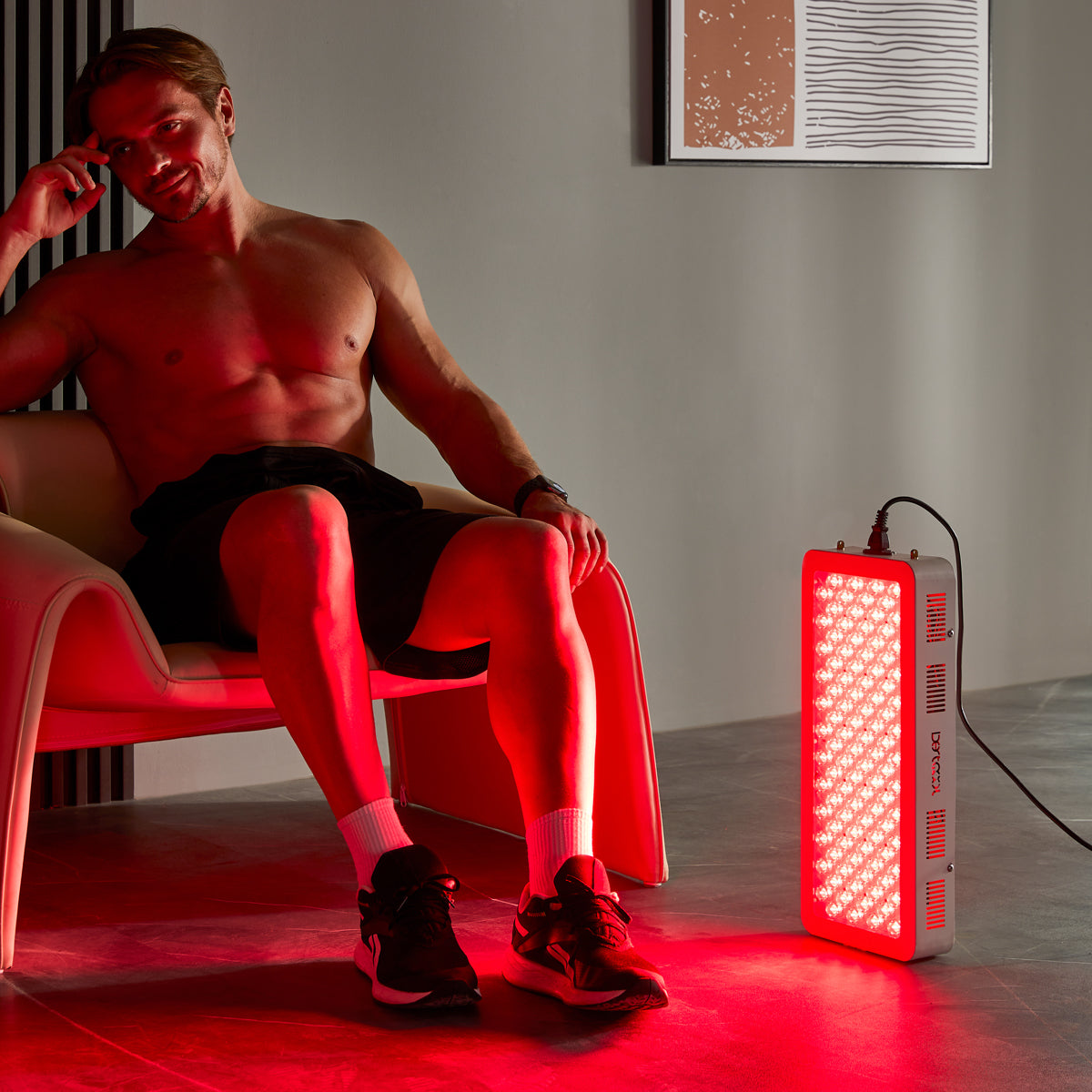Seasonal Affective Disorder (SAD) is a type of depression that occurs at a certain time of year, usually in the winter when daylight hours are shorter. It can lead to feelings of sadness, hopelessness, and lack of energy. However, there is a promising solution that has been gaining attention in recent years - LED light therapy.
The Science Behind LED Light Therapy
LED light therapy involves exposure to specific wavelengths of light using LED lights. These lights emit bright white light that mimics natural sunlight. The therapy works by stimulating the cells in the retina, which then send signals to the hypothalamus in the brain. This, in turn, helps regulate the body's internal clock and balance the production of melatonin and serotonin, two key hormones that affect mood and sleep.
Research has shown that LED light therapy can be an effective treatment for SAD. A study published in the Journal of Affective Disorders found that participants who received LED light therapy experienced a significant decrease in depressive symptoms compared to those who received a placebo treatment.
Benefits of LED Light Therapy
One of the main advantages of LED light therapy is its non-invasive nature. Unlike some other treatments for SAD, such as medication or psychotherapy, LED light therapy does not require any medication and has minimal side effects. It is also a convenient treatment option, as it can be done at home with a portable LED light device.
Furthermore, LED light therapy has been found to not only alleviate symptoms of SAD but also improve overall well-being. Many users report feeling more energized, focused, and in a better mood after regular sessions of LED light therapy.
Using LED Light Therapy Safely
While LED light therapy is generally considered safe, it is important to use it properly to avoid any potential side effects. It is recommended to use a device that emits 10,000 lux of light, which is the standard measure of light intensity used to treat SAD. Additionally, it is crucial to follow the recommended duration and timing of light exposure to achieve the best results without disrupting sleep patterns.
It is also important to consult with a healthcare professional before starting LED light therapy, especially for individuals with pre-existing eye conditions or those taking medications that increase sensitivity to light.
Conclusion
From SAD to Glad: Using led light therapy to Combat Seasonal Affective Disorder (SAD) offers a promising solution for individuals struggling with the symptoms of SAD. With its scientific backing, minimal side effects, and overall well-being benefits, LED light therapy is a valuable addition to the treatment options available for SAD. By understanding the science behind LED light therapy, its benefits, and how to use it safely, individuals can take proactive steps towards managing their symptoms and improving their quality of life.
